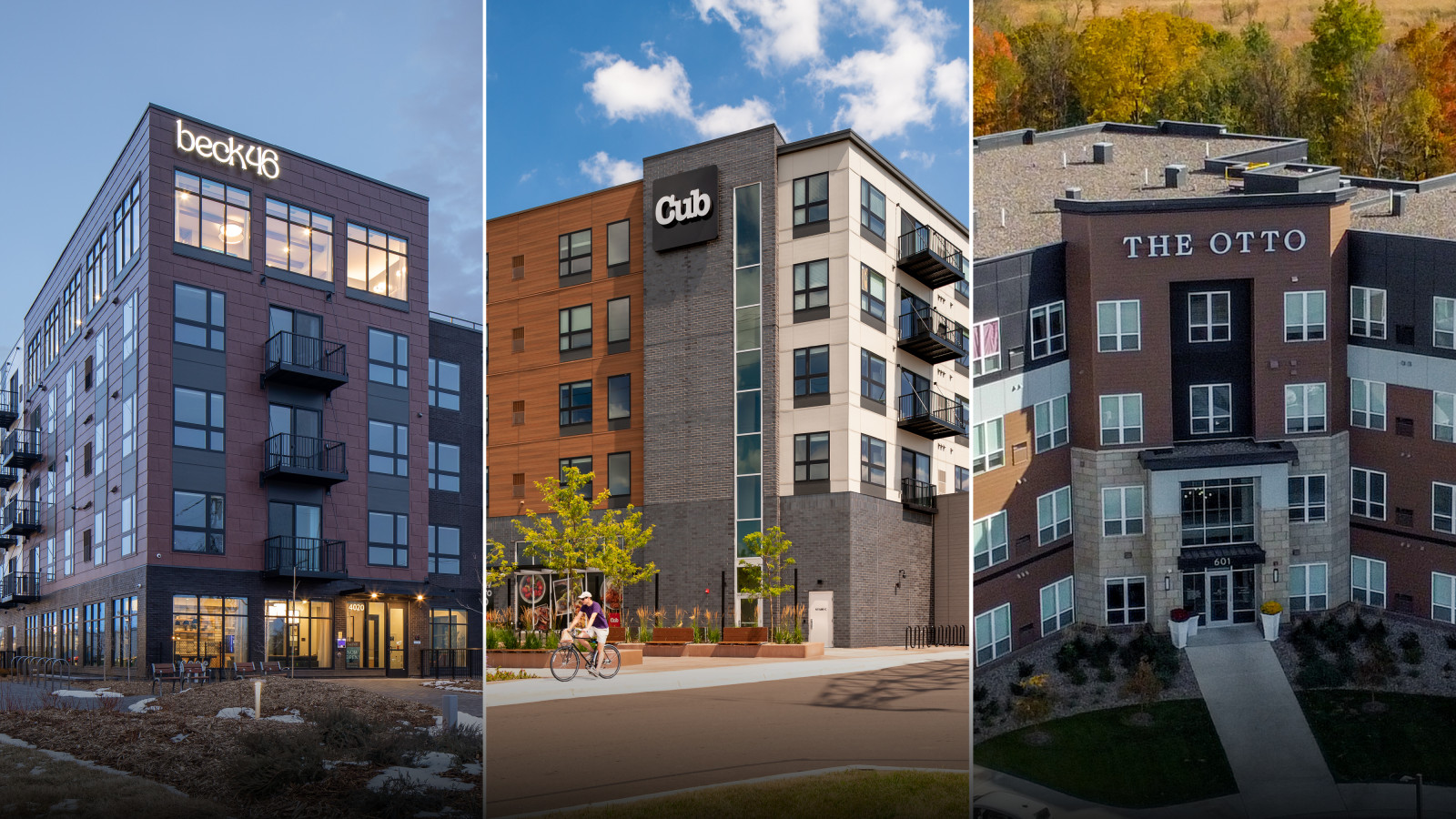
Twin Cities State of Multifamily Development
The multifamily development market is at a pivotal moment, shaped by shifting demographics, supply constraints, and evolving economic conditions. We’re no stranger to multifamily development, with over 1.7 million square feet completed and an additional 800,000 square feet in our pipeline. Oppidan remains at the forefront of these changes, leveraging deep market expertise and strong financial relationships to continue delivering high-quality developments that meet the needs of renters and investors alike.
Key Market Takeaways – Twin Cities
A New Development Landscape
Multifamily new construction peaked in 2022, but by Q3 2024, new starts in the Minneapolis-St. Paul (MSP) market had plummeted by 77%. This dramatic decline in supply, coupled with strong demand fundamentals, is expected to drive lower vacancy rates and positive rent growth over the next two years.
The Rising Age of First-Time Homebuyers
The age at which Americans purchase their first home has climbed from 31 to 38 years old, further reinforcing the demand for rental housing. As affordability challenges and interest rates continue to impact homeownership, renters are staying in multifamily housing longer, making well-located, thoughtfully designed properties more important than ever.
Strong Economic Fundamentals in the Twin Cities
The Twin Cities remain one of the most affordable rental markets in the nation, with wage growth continuing to outpace rent growth. This dynamic strengthens the already low rent-to-income ratio and enhances market stability, making the Twin Cities an attractive investment destination.
Upcoming Trends & Market Considerations
Minneapolis is Poised for Strong Rent Growth
According to Marcus & Millichap, the Twin Cities is projected to be the #3 market in the U.S. for rent growth and occupancy rates, a testament to the region’s economic resilience and sustained rental demand.
Economic Vacancy Remains a Challenge
While physical vacancy rates are tightening, economic vacancy, driven by delinquency rates and concessions, is still affecting project performance. Careful asset management and strategic tenant retention initiatives will be key in the coming years.
Legislative Landscape Offers Some Relief
After years of legislative uncertainty impacting multifamily operations, there is growing optimism that 2025 will bring a reprieve from restrictive policies, providing a more favorable environment for development and investment.
Challenges & Opportunities in Multifamily Development
Despite strong market demand, developers continue to grapple with rising construction and operational costs, particularly in insurance, labor, and taxes. This has constrained project feasibility, making strategic site selection, efficient design, and financial partnerships more critical than ever.
However, Oppidan is well-positioned to navigate these challenges. Our extensive experience in the Twin Cities market, paired with trusted relationships with equity and debt partners, allows us to capitalize on the supply-demand imbalance and deliver high-quality projects that align with evolving renter preferences.
At Oppidan, we remain committed to developing best-in-class multifamily communities that meet today’s demand while anticipating tomorrow’s trends. As the Twin Cities market continues to evolve, our expertise, relationships, and strategic approach will ensure we stay ahead of the curve.
Media Inquires Contact: [email protected]
